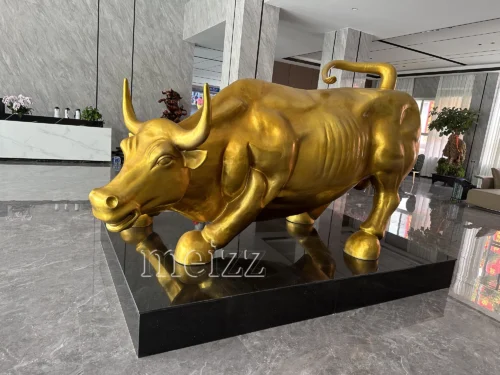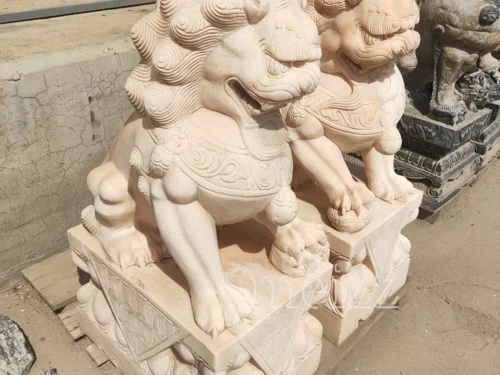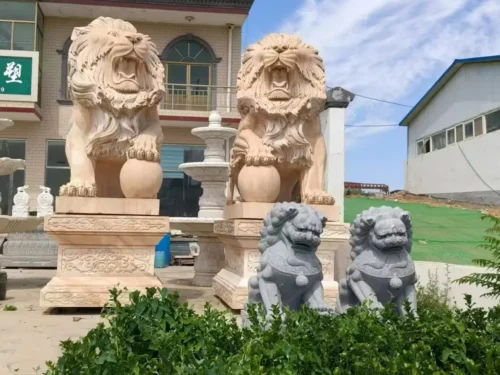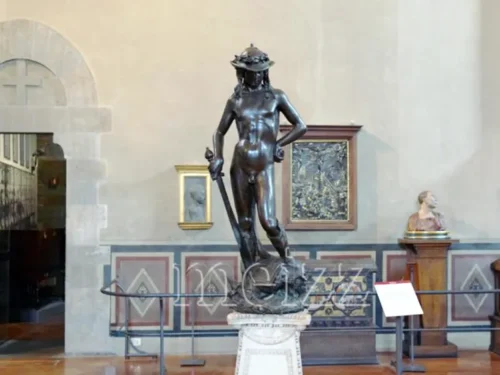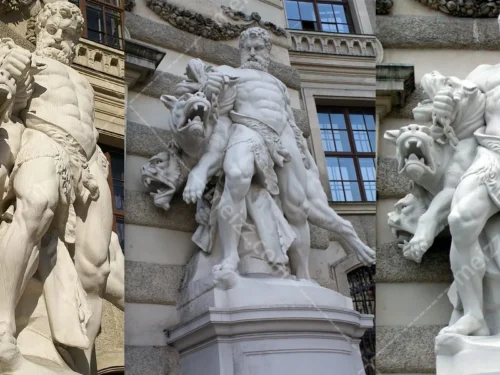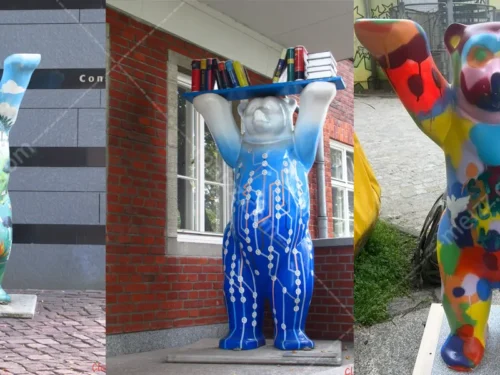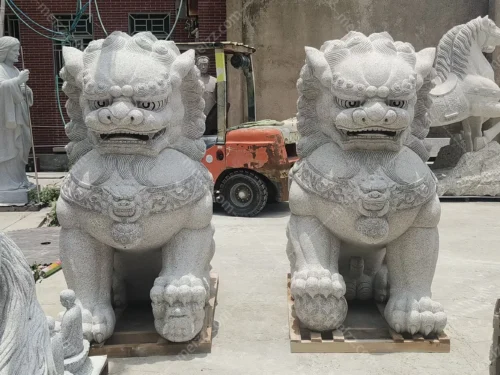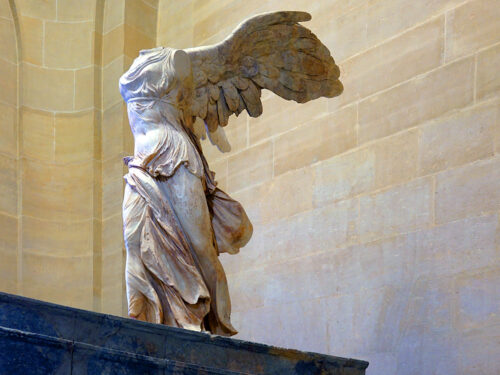

Introduction
The ancient Roman goddess of fortune was a deity in charge of fate and luck, representing not only wealth and prosperity, but also the unpredictability of life. The image of Fortuna often appears in art works, including many statues and paintings. These works are not only part of cultural heritage, but also carry the ancient Romans’ reverence and expectations for fate.
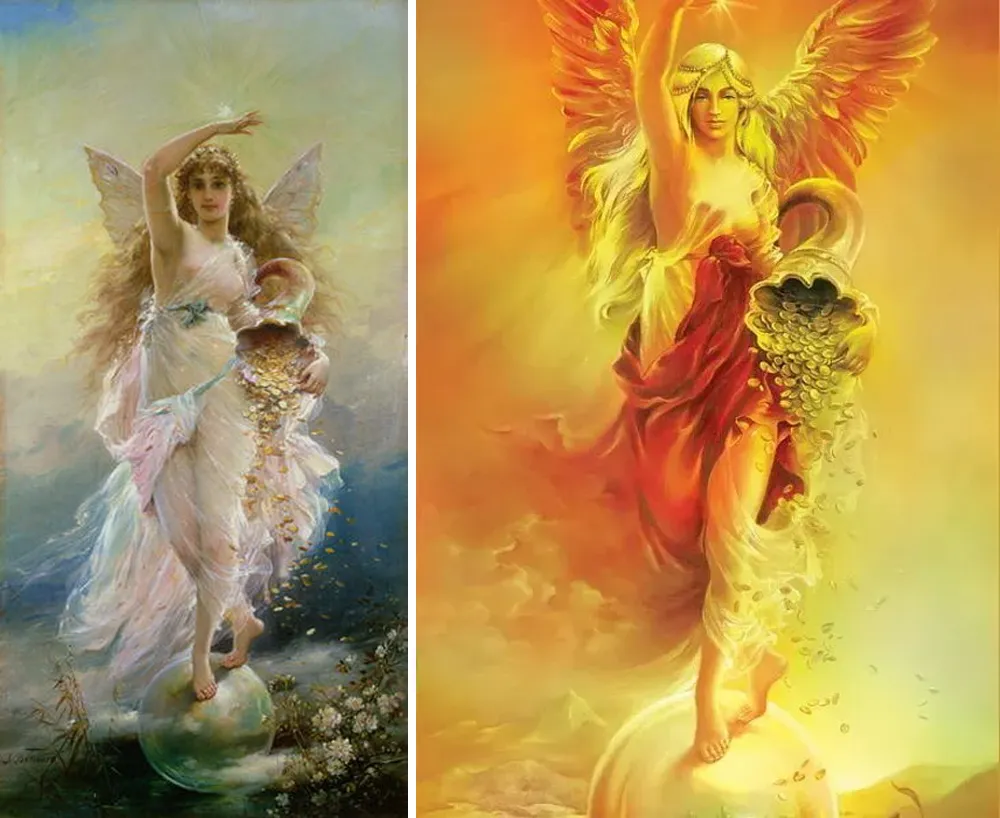
The mythological background of Fortuna
The origin of Fortuna can be traced back to Roman mythology. She was the daughter of Jupiter and was regarded as the goddess in charge of good and bad luck. Her image sometimes carries a cornucopia symbolizing abundance, representing the distribution and generosity of wealth. And sometimes she is depicted standing on a wheel, symbolizing the impermanence of fate. Whether it’s good luck or bad luck, Fortuna will bestow or revoke it in unpredictable ways.
In ancient Rome, the belief in Fortuna was extremely widespread, and people believed that she could influence the fate of individuals, the rise and fall of nations, and the outcome of wars. Many Romans would worship a statue of Fortuna in their homes, praying for her blessings and good luck. Especially at critical moments such as war, harvest, or personal career turning points, people seek success and happiness by worshiping Fortuna.
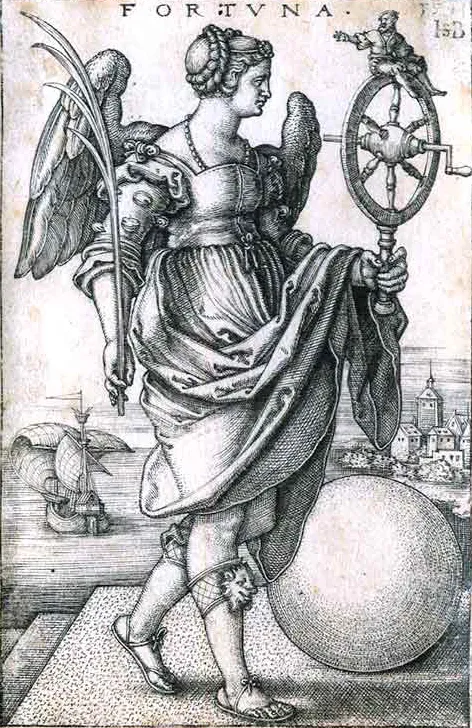
The symbolic significance of Roman goddess of fortune
Rroman goddess of fortunea not only symbolizes good luck, but also represents the unpredictability of fate. Her image is constantly changing, usually with symbolic items that give her different symbolic meanings:
Abundant Horn: One of the classic images of Fortuna is holding the Abundant Horn, symbolizing harvest and wealth. This corner is filled with various fruits and money, indicating that the goddess can generously distribute wealth to her worshippers.
Wheel of Fate: Fortuna is sometimes depicted standing on a giant wheel, symbolizing the unpredictability of fate. The rotation of wheels constantly reminds people that fate is uncontrollable, and both luck and misfortune can come at any time.
Tianping and rudder: Fortuna is occasionally associated with Tianping and rudder. Tianping symbolizes the balance of fate, while rudder represents her ability to lead the course of life. She controls the ups and downs of life and determines the fate of everyone.
Blinded: In some works of art, Fortuna is depicted with her eyes blindfolded, symbolizing her equal treatment of the fate of humanity. Whether it is nobles or commoners, the manipulation of fate is fair to everyone.
These symbols of Fortuna are not only reflected in her mythological stories, but also deeply influenced the Roman society’s view of fate and luck. People worship her and hope to influence their future through prayer and worship.
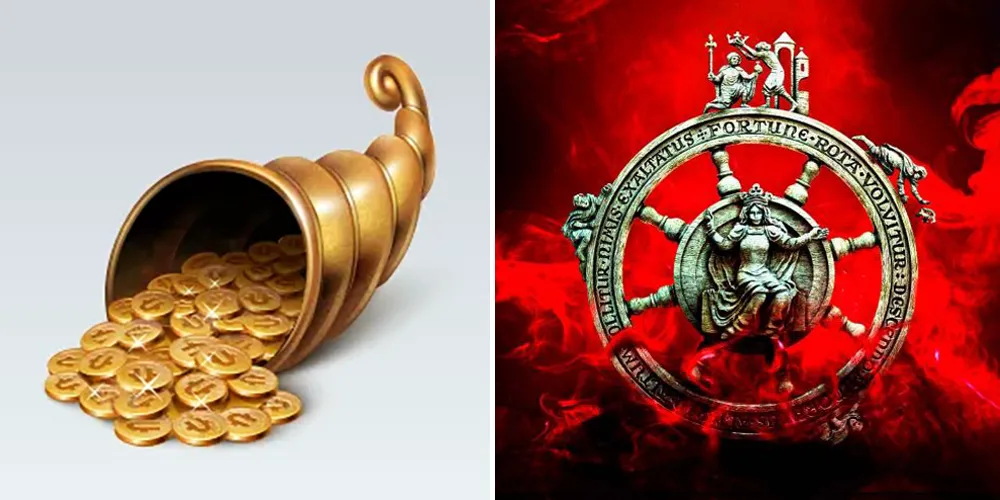
The Artistic Expression of the Statue of Fortuna
The statue of Fortuna, the goddess of luck, has been a beloved subject for artists since ancient times. In ancient Rome, Goddess of Fortune statue were scattered throughout various temples, public places, and private courtyards. These statues are not only symbols of religious beliefs, but also expressions of art and culture.
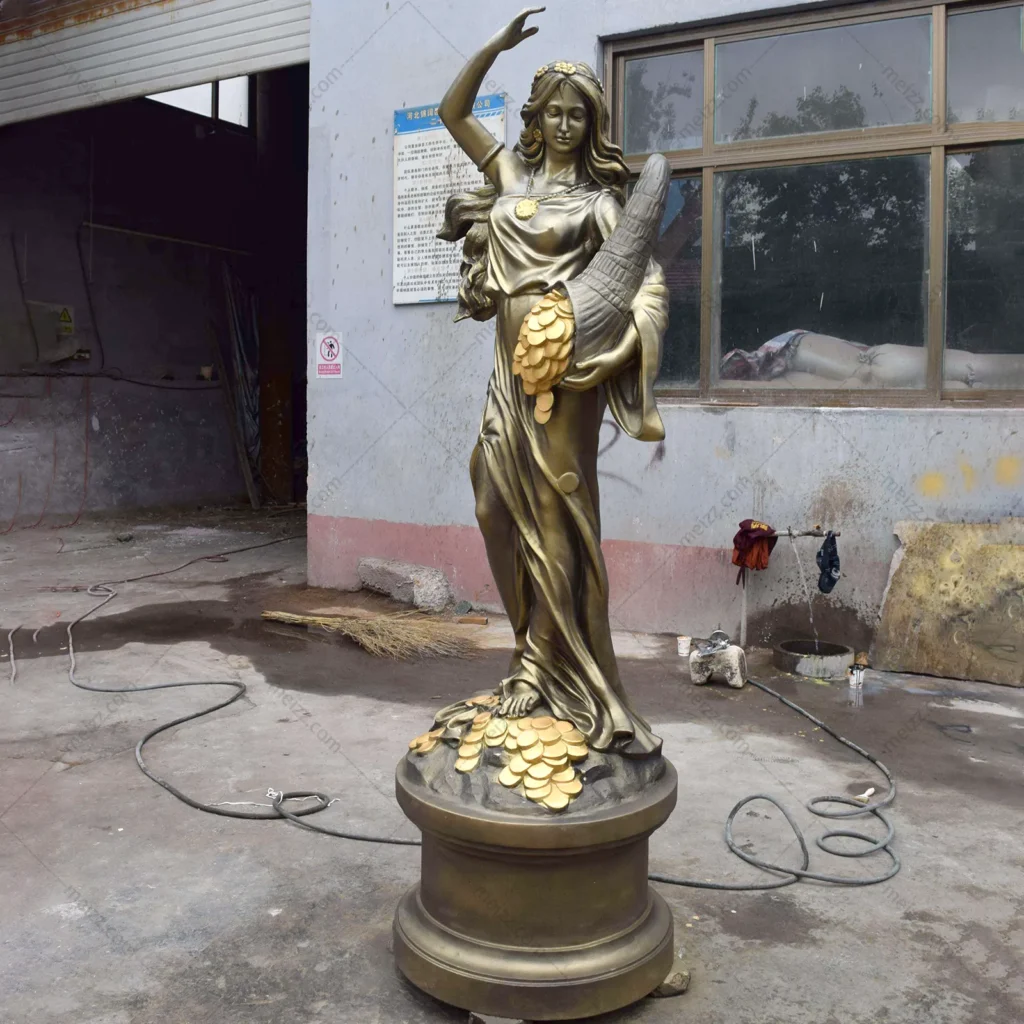
The Placement and Feng Shui of the Statue of Fortuna
In modern home decoration, the Fortuna statue is not only a work of art, but also often regarded as a feng shui object. The placement of the Fortuna statue is closely related to feng shui, and proper placement can bring good luck and wealth.
Living room at home: Place the statue of Fortuna in a prominent position in the living room, symbolizing the prosperity and harmony of the family. The living room is a gathering place for family and friends, and placing the statue of Fortuna can increase the good luck of the family.
Office: Placing a statue of Fortuna on the desk or in the office symbolizes the success of one’s career and the improvement of one’s financial fortune. Especially for those who are starting a business or at a turning point in their career, the protection of Fortuna can help them overcome difficulties and welcome good luck.
At the entrance: Placing a statue of Fortuna at the entrance can play a role in attracting wealth and blessings. The gate is the entrance and exit of the home, and placing Fortuna in this position symbolizes good luck entering the house and wealth rolling in.
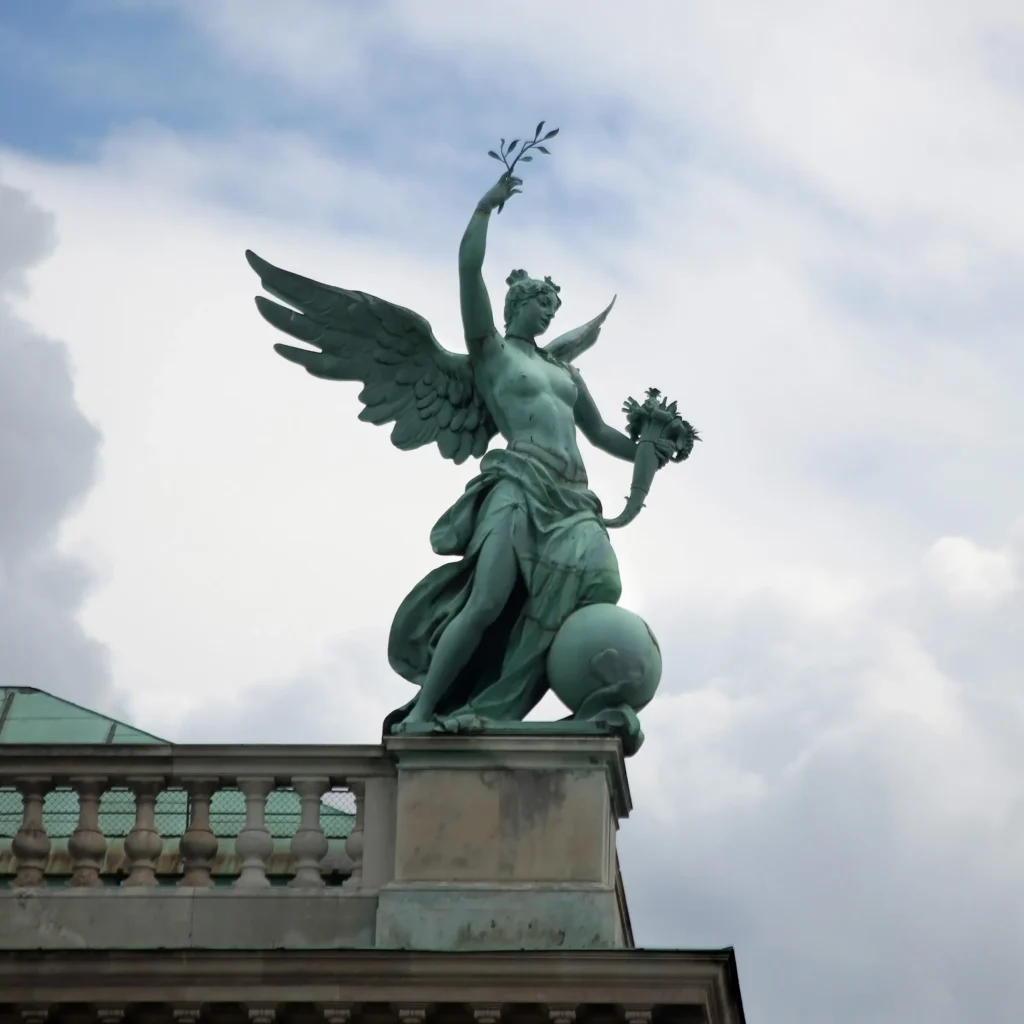
Epilogue
The roman goddess of fortune, as a deity in charge of fate and luck, holds an undeniable position in both ancient Roman society and modern art. Her statue is not only a treasure of art, but also carries people’s expectations and wishes for the future. In modern society, the statue of Fortuna is still widely loved and has become an important symbol for people to decorate their homes and enhance their fortune. By understanding the mythology and symbolic significance of Fortuna, we can not only appreciate her sculptural works better, but also draw wisdom and reflection on fate from them.

